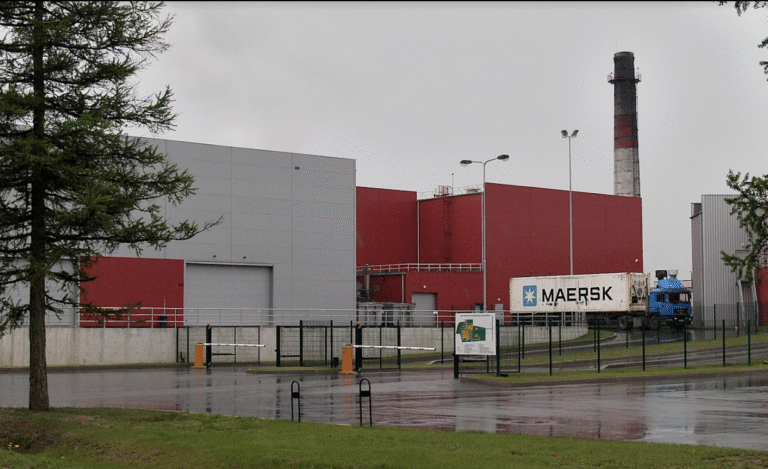Home > Radiation
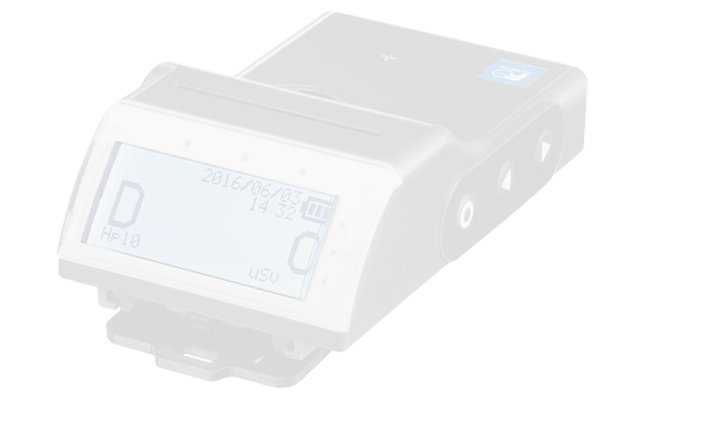
Radiation
Radiation – Accurate and reliable solutions for measuring and monitoring radiation levels. Ensure safety and compliance with industry standards and regulations.
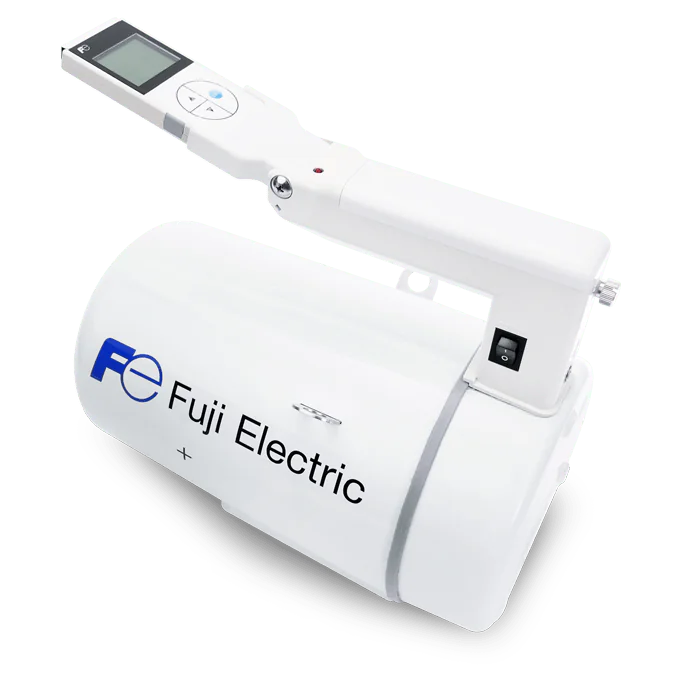
Measure
Radiation
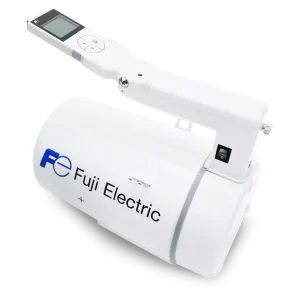
Radiation meters
Fuji Electric portable neutron meter – NSN3
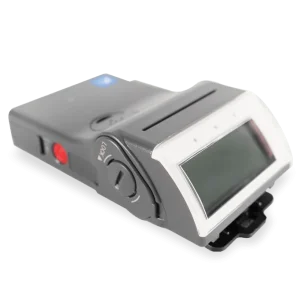
Radiation meters
Fuji Electric NRF50 dosimeter – for X-rays and gamma rays

Radiation meters
Fuji Electric NRF51 dosimeter – for X-rays, gamma rays and neutrons
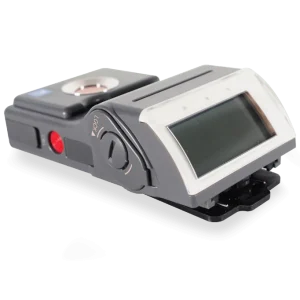
Radiation meters
Fuji Electric NRF54 dosimeter – for X-ray, gamma and beta measurement
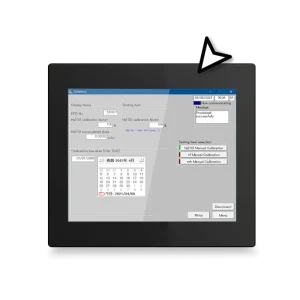
Radiation meters
Fuji Electric configuration software NRZ
The highest quality of every product
Local support in your country
Customer service every step of the way
Smooth technical communication
What is radiation protection?
Radiation safety refers to all measures taken to protect man and his environment against the harmful effects of exposure to ionizing radiation: alpha, beta, gamma and X-rays.
In France, IRSN plays a crucial role as an independent administrative authority, supported by the Institut de Radioprotection et de Sûreté Nucléaire (IRSN), which guarantees the management of dosimetric data on worker exposure to radioactivity.
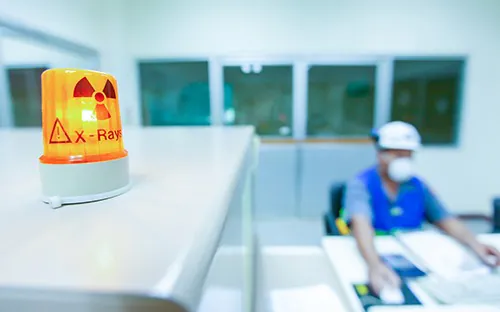
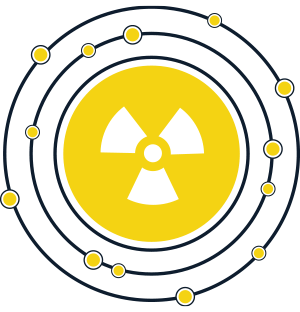
Radiation exposure
Some types of radiation(alpha, beta, gamma and X-rays) are called " ionizing " because they carry enough energy to cause a change in the electrical charge of the atoms they pass through (ionization). Exposure to ionizing radiation therefore corresponds to the interaction of this radiation with matter. Exposure is generally low, but in the event of an accident, for example, people may be exposed to high doses of ionizing radiation.
Irradiation
External exposure causes external irradiation and can be controlled by the duration of exposure, the distance from the radiation source and the use of protective shielding. A person exposed to an external source of radiation (such as an X-ray) will never carry the slightest trace of radioactivity.
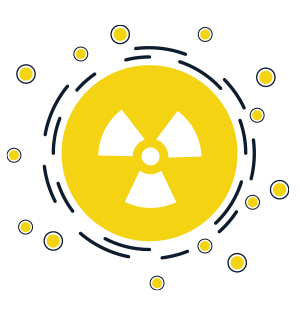
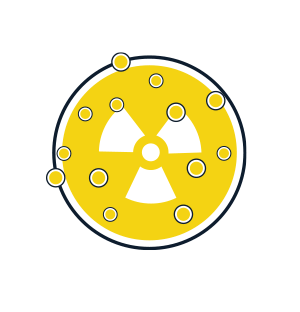
Contamination
Radioactive contamination is often defined as "the undesirable presence of radioactive substances on the surface of or within any medium, including the human body". Contamination is necessarily the result of the dispersion of a radioactive substance, following, for example, careless handling.
Radioactive substances come from a wide variety of sources, and can be in solid, liquid or gaseous form.
- Source: Radiation protection essentials - CEA (Commissariat à l'Energie Atomique et aux Energies Alternatives)
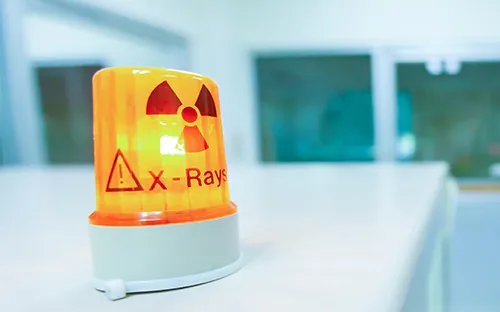
What are the 3 types of ionizing radiation?
- Alpha radiation is a type of ionizing radiation made up of helium nuclei.
- Beta radiation is a type of ionizing radiation consisting of high-energy electrons.
- Gamma radiation is a type of ionizing radiation made up of highly energetic photons.
What are the units of measurement for radioactivity?

Becquerel:
The Becquerel is a unit derived from radioactivity. It is defined as the activity of a radionuclide that decays at the rate of one disintegration per second.

Sievert:
The Sievert is a measure of the health effect of low levels of ionizing radiation on the human body. It is defined as the dose equivalent, or the amount of ionizing radiation needed to produce the same amount of damage to human tissue as one Gray (Gy) of X-rays.
What is the regulation for ionization radiation?
The regulatory framework for the protection of workers against the effects of ionizing radiation is the result of harmonized national regulations, public health and labor codes, and European directives. This framework includes decrees and orders governing the protection of workers against the risks of exposure to ionizing radiation. It also follows the recommendations of the International Commission on Radiological Protection (ICRP ).
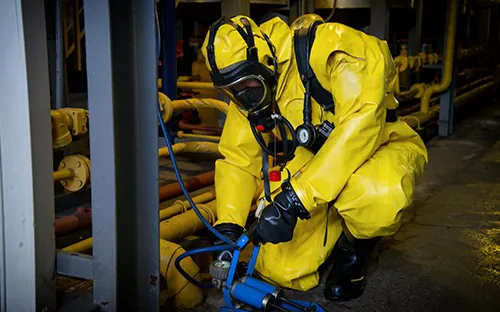
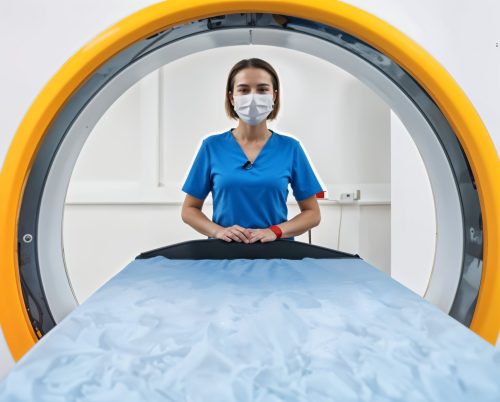
What are the 3 principles of radiation safety?
- Justifying activities that expose individuals to ionizing radiation,
- Optimizing safety,
- Limiting individual doses:
Understand the ALARA principle and reduce your exposure (As Low As Reasonably Achievable).
- Keep people at a safe distance from the radiation source. The intensity of ionizing radiation decreases with distance.
- Minimize exposure time.
- Place protective shields between radioactive sources and any exposed persons. This will help reduce their radiation dose.
Who is responsible for radiation safety?
The radiation protection officer is responsible for ensuring that people and the environment are protected from the harmful effects of ionizing radiation. This includes taking measures to minimize radiation exposure, such as using lead shielding or maintaining a certain distance from radiation sources. The competent person also endeavors to ensure that workers and the public are informed of the risks.
Understanding the role and missions of the radiation protection officer (PCR)

What are the main rules governing radiation safety?
The implementation of monitoring, prevention, protection and access control measures in risk areas aims to prevent or limit the effects of ionizing radiation received by workers and the public. This includes monitoring individual exposure to ionizing radiation.

RELATED ARTICLES
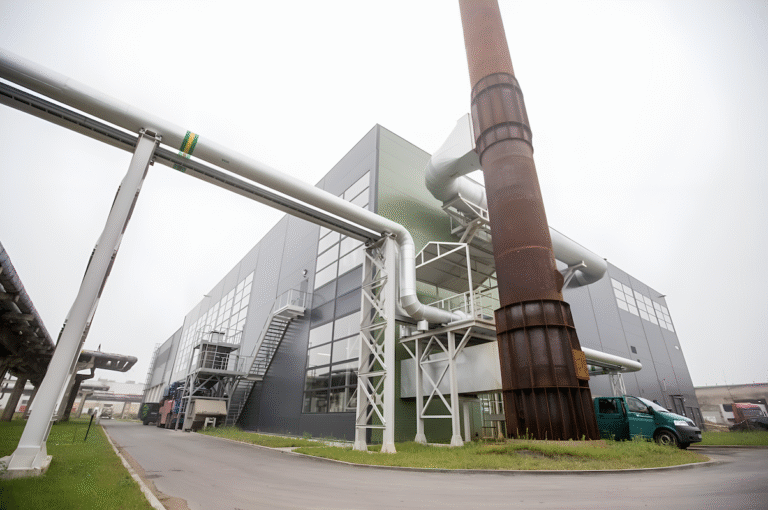
New VACON 100 FLOW 250 kW inverter at Foxita power plant
The company Invertas, UAB successfully implemented another technological project – installed, programmed and launched a VACON 100 FLOW 250 kW frequency converter...
More
Invertas became the official representative of AEC International UPS in Lithuania
Invertas is proud to have become the official representative of AEC International – one of the most famous uninterruptible power supply (UPS) manufacturers in Europe – in Lithuania. This cooperation...
More